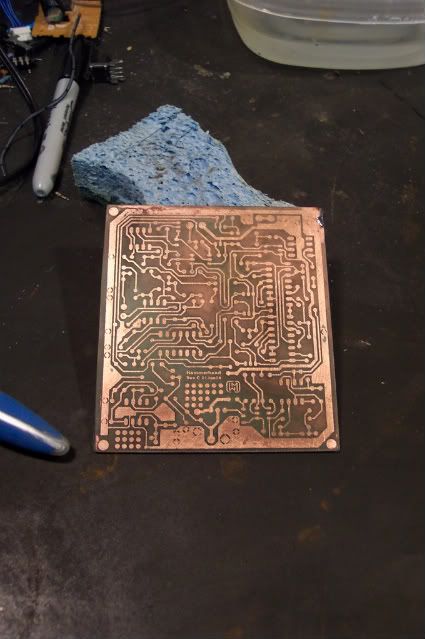I begin a new thread for the manufacture PCBs. I saw in sites method printing drawing on PCB with inkjet printer.This method I think is very easy. Any knows helps for the manufacture with Inkjet printer in order to we can easily manufacture 1-2 pcb for personaluse.
regards
regards


 I think is interest manufacture a inkjet from make pcb with silscreen e.t.c
I think is interest manufacture a inkjet from make pcb with silscreen e.t.c
Comment